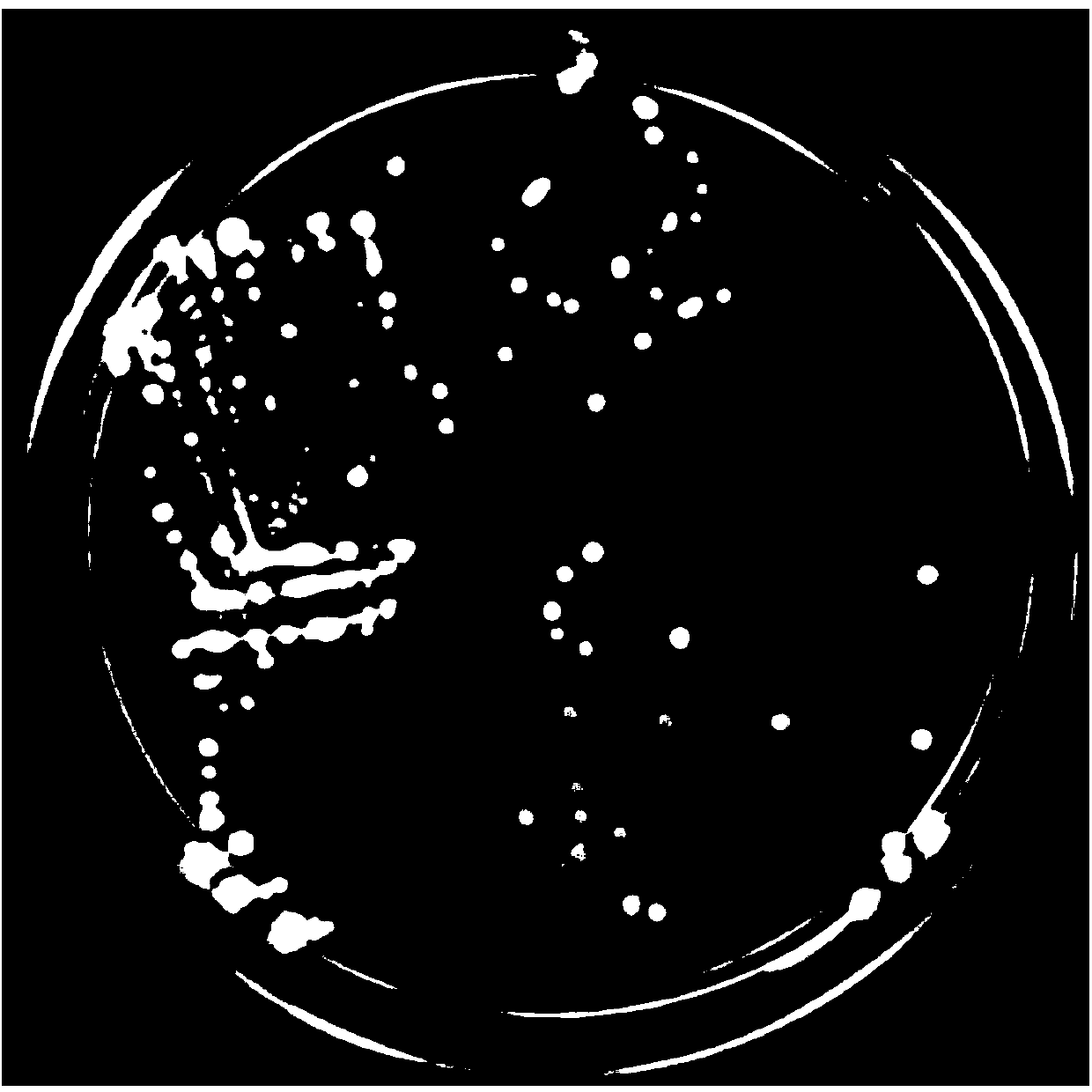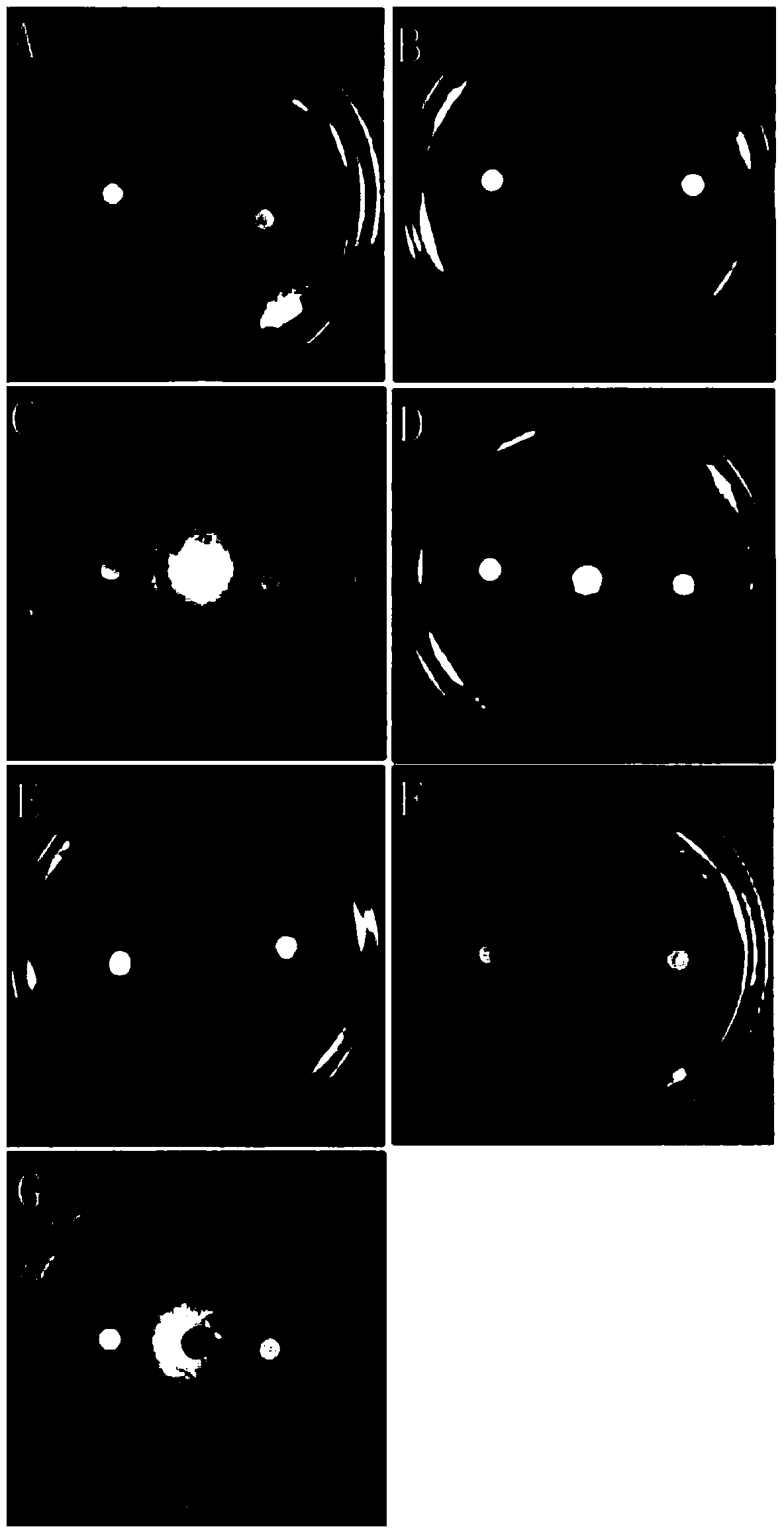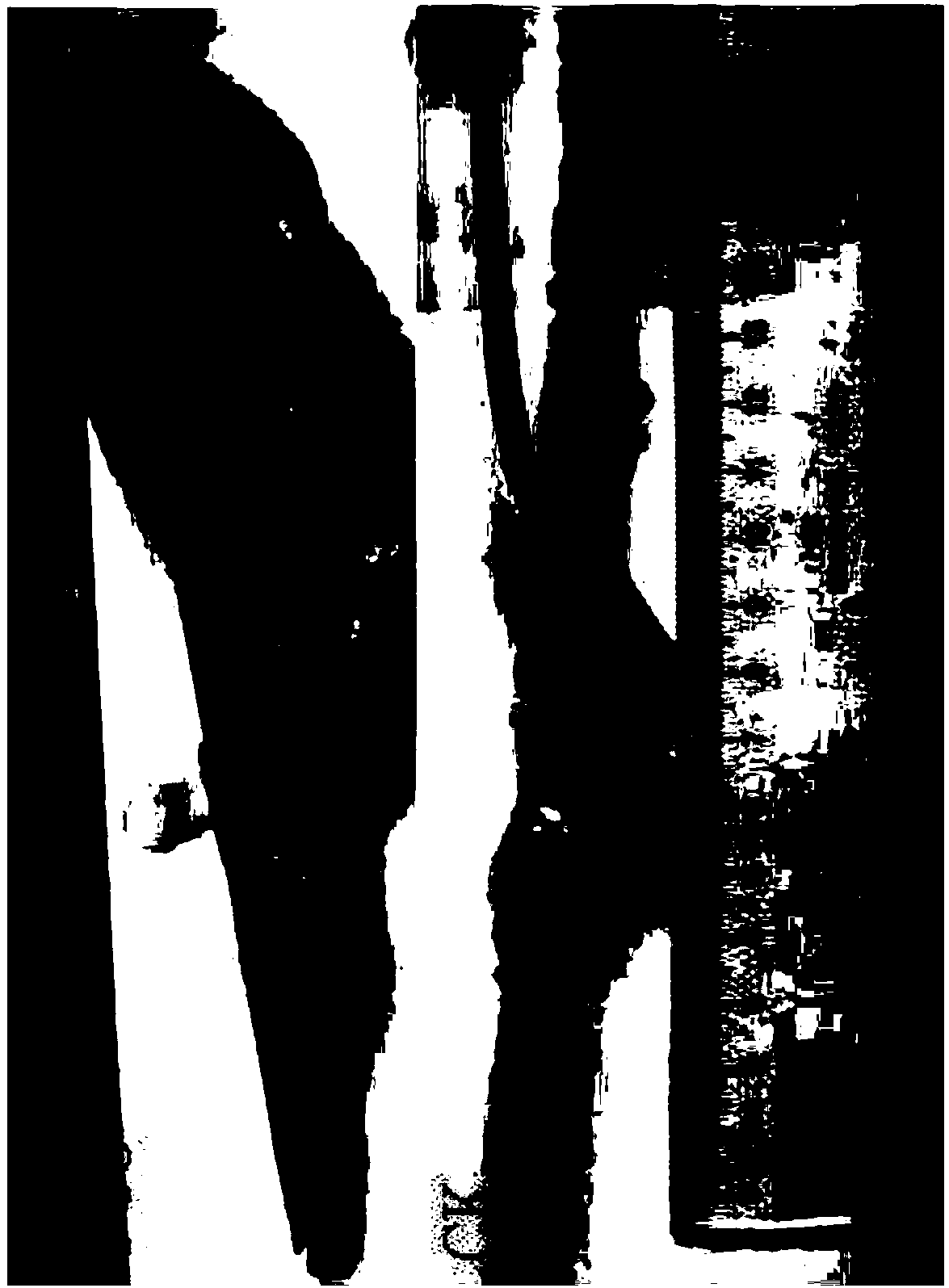Bacillus subtilis Pc3 and use of bacillus subtilis Pc3 in preparation of fermentation supernatant for preventing and controlling plant pathogenic fungi
A Bacillus subtilis, fermentation supernatant technology, applied in the application, plant growth regulators, botanical equipment and methods, etc., can solve the problems of difficult new agricultural active substances, high screening technology requirements, and long research and development time. , to achieve the effects of good biocontrol effect, broad antifungal spectrum and simple preparation process
- Summary
- Abstract
- Description
- Claims
- Application Information
AI Technical Summary
Problems solved by technology
Method used
Image
Examples
Embodiment 1
[0019] Example 1: Isolation and screening of Bacillus subtilis Pc3
[0020] The present invention relates to Bacillus subtilis (Bacillus subtilis) Pc3 which is obtained from the seawater sample collected by the applicant from China's 28th Antarctic scientific expedition. The body is light yellow, the colony is larger, and the colony is drop-shaped in the early stage of growth, see figure 1 .
Embodiment 2
[0021] Embodiment 2: Bacillus subtilis (Bacillus subtilis) Pc3 strain identification
[0022] The 16S rDNA universal primers 27F and 1495R (27F: AGAGTTTGATCCTGGCTCAT; 1495R: ACGGCTACCTTGTTACGACTT) were used to amplify the Antarctic-derived strain Pc316S rDNA sequence. The total DNA of Bacillus subtilis (Bacillus subtilis) Pc3 was used as the template for PCR amplification, and the PCR reaction was carried out on an Eppendorf PCR amplifier. The reaction conditions were: denaturation at 94°C for 1 min; annealing at 55°C for 1 min; extension at 72°C for 1.5 min, 30 cycles. The amplified gene was sent to a sequencing company for sequencing. After obtaining the 16S rDNA sequence of the strain, the sequence was compared with the nucleic acid data in GeneBank by NCBI BLAST ( http: / / ncbi.nlm.nih.gov / blast ). It was found that the sequence similarity between Pc316S rDNA sequence and Bacillus subtilis (EU257448.1), Bacillus amyloliquefaciens (KF181458.1), Bacillus amyloliquefaciens (...
Embodiment 3
[0023] Embodiment 3: the mensuration of phytopathogenic fungi antimicrobial spectrum
[0024] The inhibitory activity of Bacillus subtilis (Bacillus subtilis) Pc3 against seven plant pathogenic fungi was determined by the filter paper method. Use a sterile puncher with a diameter of 6 mm to make the test pathogenic fungus into a bacterial block, pick a bacterial block with a toothpick and place it in the center of the potato solid medium (PDA) plate, and cultivate it at 28°C for 1 to 2 days, wait for After the mycelium of the pathogenic fungus to be tested spreads and grows, place a number of sterilized double-layer filter paper sheets with a diameter of 6 mm around each bacterial block, the filter paper sheets are 0.5-1 cm away from the center of the bacterial block, and then add 50 μL of The aseptic fermentation supernatant of the tested fungus was cultured for 2 to 3 days, and compared with the control culture, it was observed whether the growth of the mycelium would be inh...
PUM
 Login to View More
Login to View More Abstract
Description
Claims
Application Information
 Login to View More
Login to View More - R&D
- Intellectual Property
- Life Sciences
- Materials
- Tech Scout
- Unparalleled Data Quality
- Higher Quality Content
- 60% Fewer Hallucinations
Browse by: Latest US Patents, China's latest patents, Technical Efficacy Thesaurus, Application Domain, Technology Topic, Popular Technical Reports.
© 2025 PatSnap. All rights reserved.Legal|Privacy policy|Modern Slavery Act Transparency Statement|Sitemap|About US| Contact US: help@patsnap.com



